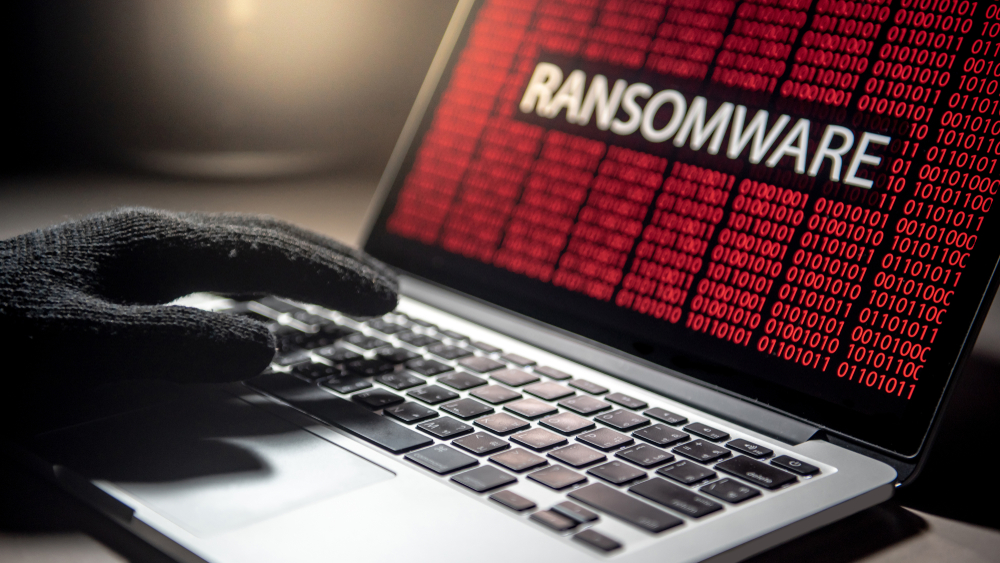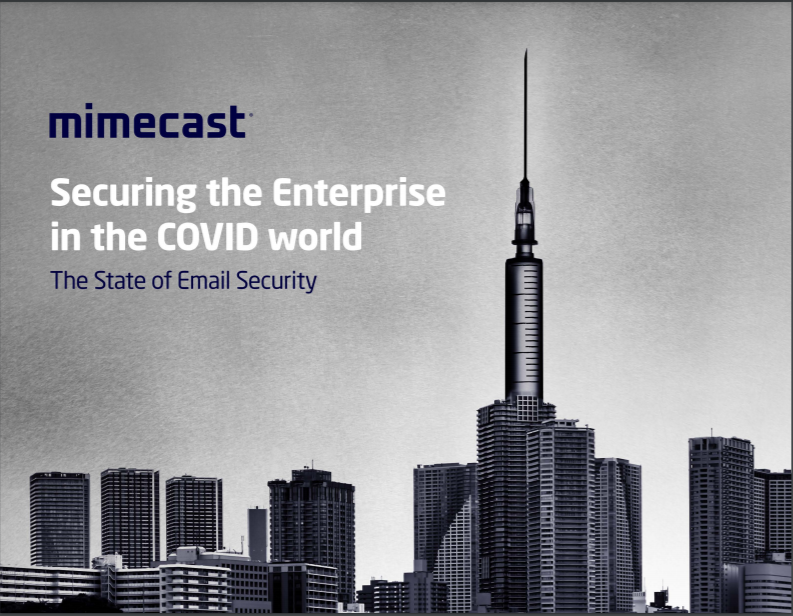DarkSide ransomware targets hidden files in disk partitions
Colonial Pipeline hackers are behind this new strain


Security researchers have discovered that the hackers behind the Colonial Pipeline have developed a new strain of ransomware that targets disk partitions used to hide backup files.
With ransomware becoming more prevalent, administrators have hidden files on disks to prevent systems from being compromised. But according to Fortinet, the cyber criminal gang behind the DarkSide ransomware has developed a malware variant that looks for partitions on a multiboot system to find additional files to encrypt, thereby causing greater damage and an increased incentive to pay a ransom to recover files.
Researchers said this variant is not the version used to disrupt Colonial Pipeline operations. It was programmed efficiently with very little wasted space and minimal compiler bloat, which experts say is unusual for most malware. The file size is relatively small for malware (57,856 bytes) but can deliver a much larger than expected payload, warned researchers.
As well as looking for hidden partitions, the ransomware variant hunts for domain controllers within an organization and connects to its active directory via LDAP anonymous authentication, using a null password and a null username.
“This DarkSide variant may then use COM to interface with Active Directory itself. If successful, the malware attempts to delete certain variables, such as defaultNamingContext and dnsHostName,” said researchers.
Following a query of an organization’s Active Directory, the ransomware then attempts to encrypt files in network shares in this section of the code. Researchers noted that the variant avoids network shares named C$ and ADMIN$, as attempts to access them could trigger an alert.
RELATED RESOURCE

2021 state of email security report: Ransomware on the rise
Securing the enterprise in the COVID world
The variant also scans hard drives to carry out more actions. In this case, it scans the drive to see if it’s a multiboot system to find additional volumes/partitions to try and encrypt their files as well.
Get the ITPro daily newsletter
Sign up today and you will receive a free copy of our Future Focus 2025 report - the leading guidance on AI, cybersecurity and other IT challenges as per 700+ senior executives
Researchers said the malware’s C2 servers were co-located in the US with KingServers B.V.
“KingServers has been classified as a bulletproof host by the infosec community, and although based in the Netherlands, it has ties to Russia, where DarkSide is located,” said researchers.
Researchers added that due to the sophistication of its attacks and code, it’s also unlikely the mastermind of one person.
“The level of detail, effort, planning and time that the group has undertaken, not only creating the ransomware itself, but taking the time to note what data was stolen, the amount of data, what it contained (as well as how much data in GB), and then taken to organize and shame victims all highlight that this is the work of an organization with considerable resources and time,” added researchers.
Rene Millman is a freelance writer and broadcaster who covers cybersecurity, AI, IoT, and the cloud. He also works as a contributing analyst at GigaOm and has previously worked as an analyst for Gartner covering the infrastructure market. He has made numerous television appearances to give his views and expertise on technology trends and companies that affect and shape our lives. You can follow Rene Millman on Twitter.
-
 Bigger salaries, more burnout: Is the CISO role in crisis?
Bigger salaries, more burnout: Is the CISO role in crisis?In-depth CISOs are more stressed than ever before – but why is this and what can be done?
By Kate O'Flaherty Published
-
 Cheap cyber crime kits can be bought on the dark web for less than $25
Cheap cyber crime kits can be bought on the dark web for less than $25News Research from NordVPN shows phishing kits are now widely available on the dark web and via messaging apps like Telegram, and are often selling for less than $25.
By Emma Woollacott Published
-
 ‘Phishing kits are a force multiplier': Cheap cyber crime kits can be bought on the dark web for less than $25 – and experts warn it’s lowering the barrier of entry for amateur hackers
‘Phishing kits are a force multiplier': Cheap cyber crime kits can be bought on the dark web for less than $25 – and experts warn it’s lowering the barrier of entry for amateur hackersNews Research from NordVPN shows phishing kits are now widely available on the dark web and via messaging apps like Telegram, and are often selling for less than $25.
By Emma Woollacott Published
-
 Healthcare systems are rife with exploits — and ransomware gangs have noticed
Healthcare systems are rife with exploits — and ransomware gangs have noticedNews Nearly nine-in-ten healthcare organizations have medical devices that are vulnerable to exploits, and ransomware groups are taking notice.
By Nicole Kobie Published
-
 Alleged LockBit developer extradited to the US
Alleged LockBit developer extradited to the USNews A Russian-Israeli man has been extradited to the US amid accusations of being a key LockBit ransomware developer.
By Emma Woollacott Published
-
 February was the worst month on record for ransomware attacks – and one threat group had a field day
February was the worst month on record for ransomware attacks – and one threat group had a field dayNews February 2025 was the worst month on record for the number of ransomware attacks, according to new research from Bitdefender.
By Emma Woollacott Published
-
 CISA issues warning over Medusa ransomware after 300 victims from critical sectors impacted
CISA issues warning over Medusa ransomware after 300 victims from critical sectors impactedNews The Medusa ransomware as a Service operation compromised twice as many organizations at the start of 2025 compared to 2024
By Solomon Klappholz Published
-
 Warning issued over prolific 'Ghost' ransomware group
Warning issued over prolific 'Ghost' ransomware groupNews The Ghost ransomware group is known to act fast and exploit vulnerabilities in public-facing appliances
By Solomon Klappholz Published
-
 The Zservers takedown is another big win for law enforcement
The Zservers takedown is another big win for law enforcementNews LockBit has been dealt another blow by law enforcement after Dutch police took 127 of its servers offline
By Solomon Klappholz Published
-
 There’s a new ransomware player on the scene: the ‘BlackLock’ group has become one of the most prolific operators in the cyber crime industry – and researchers warn it’s only going to get worse for potential victims
There’s a new ransomware player on the scene: the ‘BlackLock’ group has become one of the most prolific operators in the cyber crime industry – and researchers warn it’s only going to get worse for potential victimsNews Security experts have warned the BlackLock group could become the most active ransomware operator in 2025
By Solomon Klappholz Published